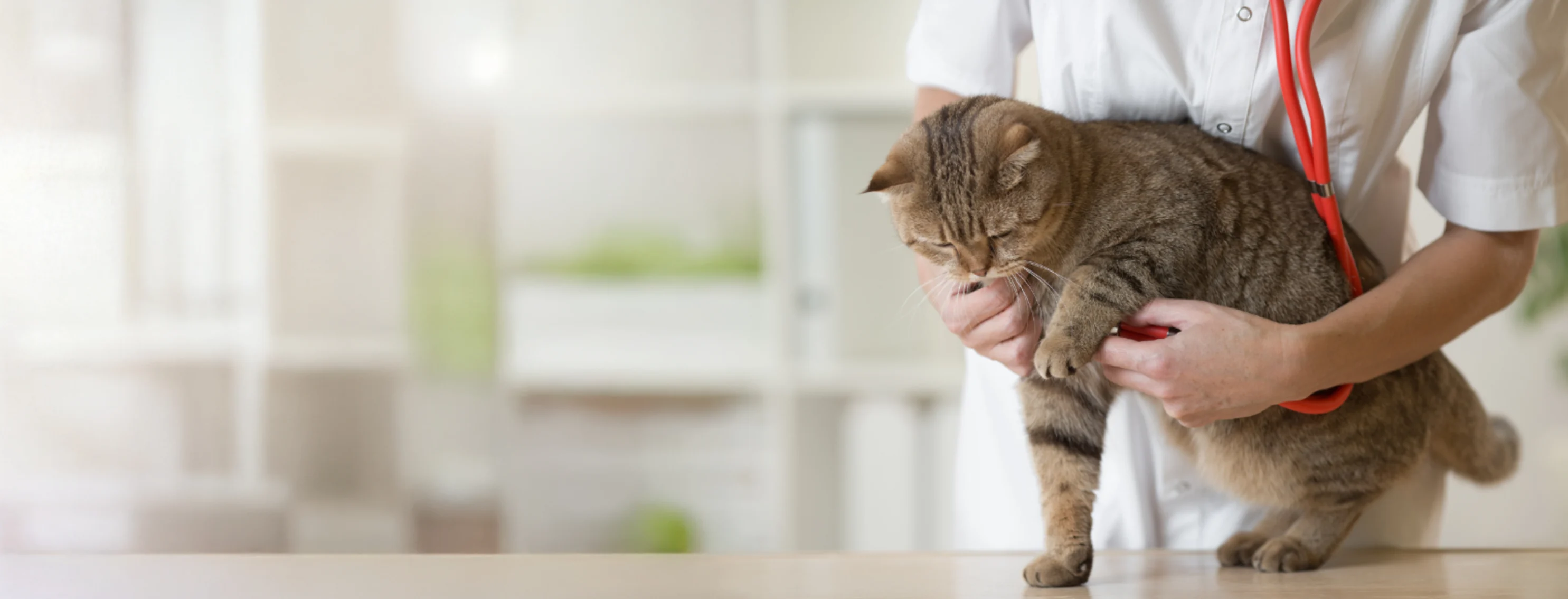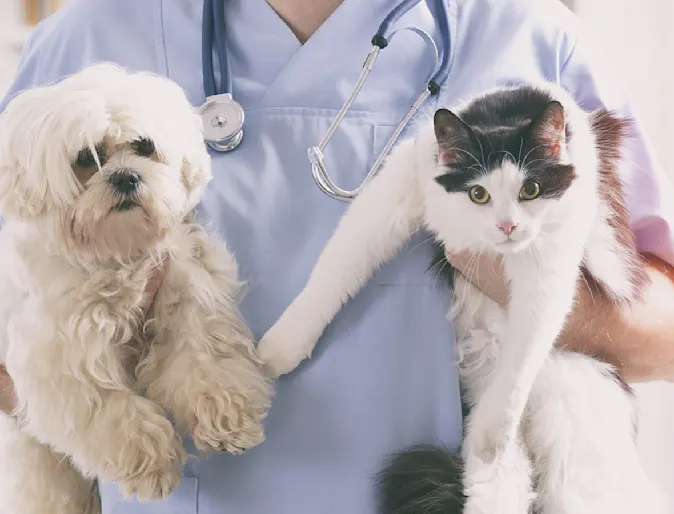Your Step-by-Step Plan for Getting the Best Care from an emergency vet bellingham
Your Step-by-Step Plan for Getting the Best Care from an emergency vet bellingham
Blog Article
Everything About Vet Surgery: Understanding the Significance of Expert Treatment for Your Family pets
Vet surgical procedure is a vital element of family pet healthcare. It incorporates numerous treatments, from routine elective surgeries to urgent treatments. Understanding the details of these surgical treatments can help pet proprietors make educated decisions. The preparation, implementation, and recuperation phases are essential for ensuring the well-being of animals. With appropriate expertise, owners can browse the complexities of vet care. What elements should be taken into consideration prior to a pet goes through surgical procedure?
Kinds of Vet Surgeries
When a pet dog calls for surgical intervention, recognizing the numerous kinds of vet surgical procedures can assist animal proprietors make educated choices. Vet surgeries can be extensively categorized into three major types: optional, urgent, and emergency surgeries. Optional surgeries, such as spaying or neutering, are intended procedures that are not right away lethal. Immediate surgeries, like those for international body removal, must be executed quickly yet are not lethal in the moment. Emergency situation surgeries, such as those attending to severe injury or inner blood loss, are vital and need immediate attention.Additionally, surgical treatments can differ in intricacy, varying from minimally invasive laparoscopic treatments to more substantial open surgical procedures. Each kind of surgical treatment lugs its own dangers and recuperation processes. Comprehending these classifications permits animal owners to participate in significant discussions with veterinarians, causing far better end results for their cherished pet dogs.
Preparing for Your Animal's Surgery
Getting ready for a pet's surgical procedure includes an extensive checklist to assure all basics are covered. Efficient interaction with the vet is crucial for comprehending the procedure and any needed pre-operative steps - tplo surgery for dogs. Additionally, having clear post-operative treatment directions will help proprietors provide the very best support for their recouping family pets
Pre-Surgery List Basics
Ensuring a smooth surgical experience for a pet calls for careful preparation and interest to information. A pre-surgery list is vital for animal proprietors to adhere to. Confirming the arranged surgical treatment date and time is important. Owners need to additionally confirm that their pet has actually fasted according to the veterinarian's guidelines, typically for 8-12 hours prior to surgical procedure. Gathering required medical records, including vaccination background, is crucial for the vet's testimonial. It is likewise a good idea to prepare a comfy space in the house for the family pet's healing after surgery. Owners need to have a strategy for transportation to and from the veterinary clinic, making sure that the pet dog is safe and secure and comfy throughout the trip. Following these steps can considerably boost the surgical experience.
Interacting With Your Veterinarian

Effective interaction with the vet is vital for a successful medical experience for family pets. Owners ought to be prepared to review their pet's case history, including any kind of pre-existing conditions, medications, and allergies. This details assists the veterinarian evaluate threats and tailor the surgical strategy as necessary. In addition, pet owners need to ask concerns regarding the procedure, anesthetic, and expected results to assure they completely comprehend the process. Clarifying any kind of questions can ease anxiety for both the animal and the owner. It is additionally essential to interact any behavior changes or problems observed in the pet leading up to the surgical treatment. Ultimately, clear discussion fosters depend on and partnership, making certain that pet dogs get the most effective possible care throughout their surgical trip.
Post-Operative Treatment Recommendations
After discussing the surgery with the veterinarian, pet owners need to concentrate on post-operative care instructions to assist in a smooth healing for their family pets. These instructions typically consist of keeping track of the surgical site for indications of infection, such as inflammation or discharge. Pets might require to be kept one's cool and restricted to avoid extreme motion that could interrupt healing. Pain management is crucial, so owners need to adhere to the vet's support on carrying out medicines. Additionally, dietary constraints may be encouraged to stay clear of stomach trouble. Routine follow-up visits are essential to assure proper recovery and deal with any concerns. By sticking to these post-operative care instructions, family pet owners can significantly add to their pet dog's recovery and general wellness.
The Surgery Explained
The surgical procedure for pets incorporates crucial actions that assure their safety and recovery. Pre-surgery prep work are important for decreasing dangers, while post-operative care guidelines play an important function in promoting recovery. Understanding these components aids family pet proprietors navigate the medical experience better.
Pre-Surgery Preparations
Prior to an animal undergoes surgical treatment, numerous important prep work have to occur to assure a risk-free and effective treatment. A complete vet evaluation is necessary to examine the animal's general health and identify any type of possible dangers. This might consist of blood tests, imaging, or other diagnostics. The veterinarian will also go over anesthetic options tailored to the pet's certain requirements. In addition, animal proprietors are typically instructed to hold back food and water for a specified time before surgical treatment to reduce the threat of problems throughout anesthetic. It's vital for owners to offer a full case history, including any type of medicines or allergic reactions, making sure the medical group has all necessary information. Correct communication and adherence to pre-surgery standards can greatly improve the end result of the treatment.
Post-Operative Treatment Standards
Appropriate post-operative treatment is important for making sure a pet dog's recovery following surgical procedure. After the treatment, click here pets need to be checked very closely for any kind of indicators of issues, such as excessive bleeding, swelling, or uncommon habits. It is important to adhere to the veterinarian's directions relating to medicines, consisting of pain reducers and prescription antibiotics. Animals need to be kept in a quiet, comfortable setting to minimize anxiety and advertise healing. Restricting activity is vital; short, leashed strolls may be essential, however leaping or running ought to be stayed clear of. Routine follow-up visits should be arranged to evaluate the healing procedure. In addition, the medical website has to be maintained clean and completely dry, with any type of indications of infection reported to a vet without delay. Complying with these guidelines improves recovery results.
Anesthesia and Pain Monitoring
Reliable anesthesia and discomfort administration are important parts of vet surgical procedure, ensuring that pets stay comfy and secure throughout the procedure. Vets evaluate each animal's private requirements, taking into consideration aspects such as age, weight, wellness condition, and the kind of surgical procedure being performed.Anesthesia methods usually consist of a combination of pre-anesthetic drugs, induction agents, and inhalant anesthetics, permitting specific control over the animal's level of consciousness. Surveillance during surgical treatment is critical; vets continually observe essential signs to attend to any possible complications promptly.Pain monitoring methods may involve opioids, non-steroidal anti-inflammatory drugs (NSAIDs), and regional anesthetics, tailored to the pet dog's specific circumstance. This multifaceted strategy assists minimize pain and promotes a smoother surgical experience. By prioritizing reliable anesthesia and discomfort monitoring, vet experts improve the overall welfare of pet dogs undergoing operations, ensuring they receive the greatest requirement of treatment.
Post-Operative Care and Recovery
Adhering to surgical treatment, the emphasis moves to post-operative treatment and recuperation, which is essential for making sure an animal's risk-free return to regular tasks. During this period, family pets call for a peaceful, comfortable atmosphere to help healing. Owners should very closely check their pet dogs for any indicators of pain or uncommon behavior.Veterinary guidelines typically include details directions related to drug administration, wound treatment, and dietary changes. It is crucial to comply with these suggestions to decrease complications and advertise healing. Animals might need to be limited from energetic activities, such as running or jumping, throughout their recuperation period (canine tplo surgery).Regular follow-up visits with the vet enable for monitoring of the pet dog's progress and timely modifications to the care plan. Giving emotional support and companionship can additionally boost a family pet's recovery experience, helping to minimize stress and anxiety. Overall, persistent post-operative care plays a significant duty in attaining a successful healing
Identifying Issues After Surgical Procedure
Exactly how can pet proprietors recognize complications after surgical procedure? Recognition of details signs is vital for making certain the health of pets during recovery. Common signs consist of extreme swelling, soreness, or discharge at the medical site, which may symbolize infection. In addition, consistent pain, indicated by whining or unwillingness to move, should trigger instant interest. Changes in hunger or water consumption can likewise show problems; a decline in these actions may indicate discomfort or distress.Moreover, family pet proprietors ought to monitor their pets for any type of uncommon behavior, such as sleepiness or problem breathing, as these can be indications of major problems. Throwing up or diarrhea following surgery might require urgent veterinary assessment. Identifying these complications early can considerably influence an animal's recovery process, stressing the value of caution and timely communication with a veterinarian for any kind of concerning symptoms.
The Duty of Veterinary Professionals in Surgical Treatment
Vet experts play an important duty in making sure the safety and success of medical procedures for pet dogs, specifically adhering to surgery when checking and care are vital. These experts include veterinarians, vet specialists, and support team, all of whom add specialized abilities to the surgical process.Before surgical treatment, vets perform thorough evaluations to assess the animal's wellness, making sure that any type of underlying problems are handled. During the treatment, the surgical group provides anesthetic, maintains clean and sterile settings, and keeps track of vital signs, very important for reducing risks.Post-operative treatment is similarly considerable; vet experts observe for difficulties, handle pain, and guide proprietors on recuperation methods. Their know-how enables them to identify very early indicators of distress or infection, ensuring timely intervention. Inevitably, the joint efforts of vet experts in surgical care promote a risk-free atmosphere, promoting the well-being of pet dogs throughout the medical trip.

Frequently Asked Concerns
Exactly how Do I Pick the Right Veterinary Surgeon for My Pet?
Picking the appropriate vet surgeon involves researching qualifications, reading evaluations, and evaluating the facility's setting. It is important to review the specialist's experience with specific procedures and their communication style when making a choice.
What Are Usual Misconceptions About Veterinarian Surgeries?
Common mistaken beliefs concerning veterinarian surgical treatments include ideas that they are constantly dangerous, unnecessary, or only for emergency situations. Numerous family pet proprietors undervalue the advantages of preventative treatments and the ability associated with veterinary surgical care.
Just How Much Will My Pet dog's Surgical procedure Cost?
The expense of a pet's surgical procedure can vary substantially based upon factors such as the sort of treatment, the vet's experience, and geographical area (emergency vet). Commonly, costs vary from a couple of hundred to a number of thousand bucks

Can My Animal Eat Prior To Surgical Procedure?
Prior to surgery, it is usually advised that pets refrain from eating for a details period. This fasting helps in reducing the risk of difficulties during anesthetic. Owners ought to consult their veterinarian for precise directions tailored to their pet dog's demands.
What happens if My Pet Dog Has Pre-Existing Wellness Conditions?
When an animal has pre-existing health conditions, it's crucial for the vet to examine these elements prior to surgical treatment. This examination warranties ideal safety measures are taken, decreasing threats and maximizing the pet's general safety throughout the treatment.
Report this page